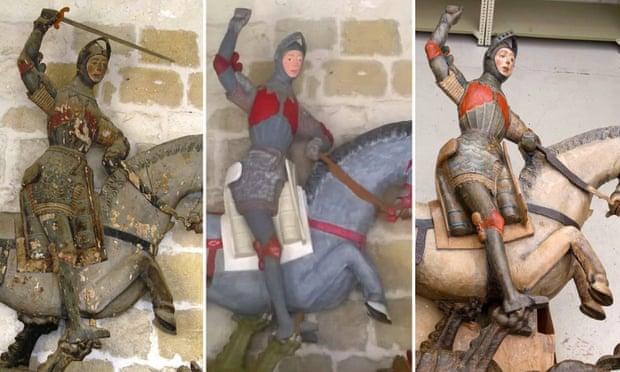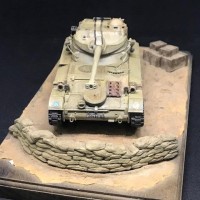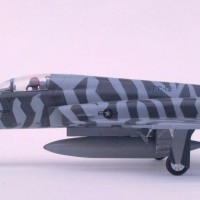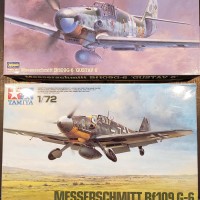Restoration Debacle and Redemption
Very obviously not my work, but I felt it worthy of note. The link is below but the skinny is that an attempt to restore a priceless Spanish cultural treasure was botched. Professionals stepped in and saved the day, restoring the work to its former glory. The costs involved are mind numbing but are truly beside the point for us as modelers.
What struck me here was the techniques used and how similar they are to those of the figurine work I've admired on iModeler. We can even learn from the poorly done restoration, as cough, cough it sadly resembles some work I myself have done in the past.
https://www.theguardian.com/world/2019/jun/21/botched-spanish-statue-st-george-lovingly-unrestored





There’s something weird going on in the Spanish kingdom, several restorations in the recent years were even worse than that San Jorge (Saint George I assume?). At least we have some laughs
what a tragic story! Thank goodness for a happy ending...
Talk about figurines... I just finished some work today, will report in the main flow later.
To me, figure painting is the hardest thing in this hobby and armor modeling in particular, it took me a lot of practice and several books and countless browsing through online material and still I learn with every new figurine. There are some good tutorials out there, but practice is the only thing that really pays. For me, armor models only truly show-off their size in the presence of one or more figurines. The dilemma always is that even one figurine can cost a few hours to complete and paint and in this case, there were five...
The human visual cortex is trained in facial recognition from birth onward, therefore, abnormalities in faces (real or painted) are immediately recognized, which is why bad paint jobs on figurines are so unforgiving to the eye. The face and notably the eyes are the hardest part in any paint job, followed by the shadow techniques employed to create the illusion of vertical lighting in the presence of ambient light coming from all directions.
I can write a whole article on figure painting by now. In any event, this story is telltale for many things I have experienced while training my figurine painting skills. Thanks for posting it David!
Thanks for the insightful comment, Michel. When it comes to armor and figurines, well, there is armor and there is armor 🙂
Scale certainly does matter. What we can get away with at 1:72 scale (to say nothing of the smaller scales), we cannot at 1:48 and definitely not at 1:35, which is typical for the armor you are referring to.
Very interesting, thanks for sharing this.
As Pedro says, there was a spate of botche£ restoration ‘jobs’ in Spain over the last few years, most notably this (very alarming) attempt near Zaragoza.
https://www.bbc.co.uk/news/world-europe-19349921#share-tools
Michel is 100% correct in his description of human face recognition, and even infants are well versed on picking up irregularities in facial expressions, even when upside down or from a distance. Into adulthood we become focused on the face to an extent that we pick up on the slightest micro-communication (ask a poker player) or can tell easily the difference between genuine smiles and faked ‘holiday grimaces’ in photos. No such nuances needed in the above example...
Does make you think about model figures. There’s a reason why most shy away from this domain of modeling and even accomplished modelers think twice about adding figures to their work. Faces, in particular, need to be authentically replicated to a high degree to even get past our most basic of cerebral firewalls. Most modelers will let you away with inaccuracies on a Merlin Supercharger twin choke SU caburettor, but get a squint in the eyes of a 1/72 scale pilot...
All of which is to say thanks for the post, David. Food for thought, and much appreciated.
@davidathomas
Thanks, David. When it comes to painting faces, I think a major issue is the media we choose. Acrylics, lacquers, enamels, or oil paint from the tube--even water colors--should be experimented with in combinations to achieve what we want. I personally found acrylics (without drying inhibitors) to be inferior to enamels, and lacquers can be too caustic on those delicate features.
Hello David,
Interesting story, including newspaper article.
Thanks for sharing. Regards, Dirk / The Netherlands.